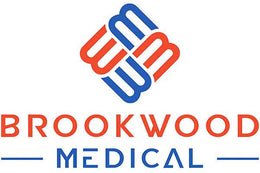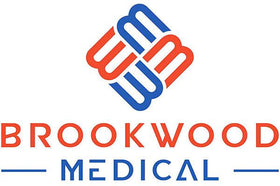Should You Still Wear a Mask After Mandates Lift? How to Make the Right Choice?
As masking mandates lift and new coronavirus infections fall across the United States, there’s lots of confusion about if, and when, to wear a mask.
“This is the hardest thing of all, because it’s not just the risks and benefits to you,” said Dr. Robert Wachter, a professor and the chair of the medicine department at the University of California, San Francisco. “It’s the risks and benefits to the people around you.”
One good way to frame the issue is to ask: Who is the most vulnerable person in your immediate circle?
If you have compromised immunity, for example, or live with someone who does, it’s a good idea to continue to wear a mask and maintain social distance around strangers, especially in indoor areas with standing air where the virus may collect. Masks are also important if you’re unvaccinated or spending time with others who are unvaccinated. Unvaccinated people are at overwhelmingly higher risk of hospitalization and death from COVID-19. Masks are also a must in hospitals, where there are many vulnerable people.
But if you’re otherwise healthy and have received your vaccine and booster shots, your risk of getting seriously ill with COVID-19 is extraordinarily small. It’s about in line with other risks people take every day, such as driving in a car.
Many people “are weighing the fact that they would love to go back to normal and may be willing to accept a little bit of risk in order to gain a level of simplicity that they last knew in 2019,” Wachter said. “That’s not irrational.”
There’s also always the risk that someone may develop long COVID-19, even if they are vaccinated; much about the condition remains unknown.
If infection rates where you live are high, the Centers for Disease Control and Prevention continues to recommend masks in most indoor spaces.
But in many situations, the decision to wear a mask is becoming personal.
We spoke to experts to help give you a guide to the places, and the situations, where it’s a good idea to cover your face. This way to best decide what you should do.
Should you mask outside?
There’s little scientific evidence to show that face coverings offer much added protection in many outdoor spaces, such as sidewalks or parks. Things get a little hairier with crowds, like at a concert or sports venue.
“If you can’t feel wind on your cheeks, you’re probably not in an area of great outdoor ventilation,” said Dr. Asaf Bitton, a primary care doctor who is the executive director of Ariadne Labs, a public health innovation center at Brigham and Women’s Hospital and the Harvard T.H. Chan School of Public Health. “If you’re really shoulder-to-shoulder with people, that might be a case of outdoor mask wearing, at least for now.”
Erin Bromage, an associate professor of biology who studies infectious diseases at the University of Massachusetts Dartmouth, has helped touring music bands assess COVID-19 risks throughout the pandemic. The main place he’s seen risk of transmission in concerts is in the standing-room-only area close to the stage.
“Where the risk is mainly focused is the pits at the very, very front of the stage where people are on top of each other singing, physically exerting,” Bromage said.
Most outdoor concerts, though, are generally safe, he said. “If you’re standing on a lawn watching a show, there’s really no data to support that a mask does anything to protect you that Mother Nature’s not taking care of.”
And if the venue requires vaccines or a recent negative COVID-19 test, you’re in even better shape.
How about to supermarkets or the gym?
First and foremost, follow the norms and the rules of the business you’re entering. If the sign at the door says “Mask Required,” you don’t want to make retail workers have to enforce policies over which they have no control. Their jobs are hard enough, and everyone can wear a mask with little sacrifice.
If the business is mask optional, consider the space, the crowds and the airflow.
Bromage suggests a cigarette analogy: If someone were smoking, would the smell and taste of cigarettes quickly fill the air? If yes, so would the virus. You’d be smart to wear a mask.
“When I walk into a space, I always do that,” Bromage said. “How high are the ceilings? Is the air moving? Can I create my own little buffer of space?”
Take a big box store with high ceilings. “Those tend to have good ventilation and because of the high ceilings, there’s a lot of dilution,” said Linsey Marr, an engineering professor at Virginia Tech who studies the airborne transmission of viruses. “The risks are pretty low, unless you’re in a crowded line waiting to check out.”
“If it’s a smaller space and crowded space, Trader Joe’s, for example, or some New York market with tiny aisles and people are really packed in there, the risk is higher,” she continued. “You might want to wear a mask.”
A hair salon might be a small space, Bromage said, but there typically won’t be that many people inside the business, so the risk of an infected person passing through will generally be low, especially as case counts fall.






